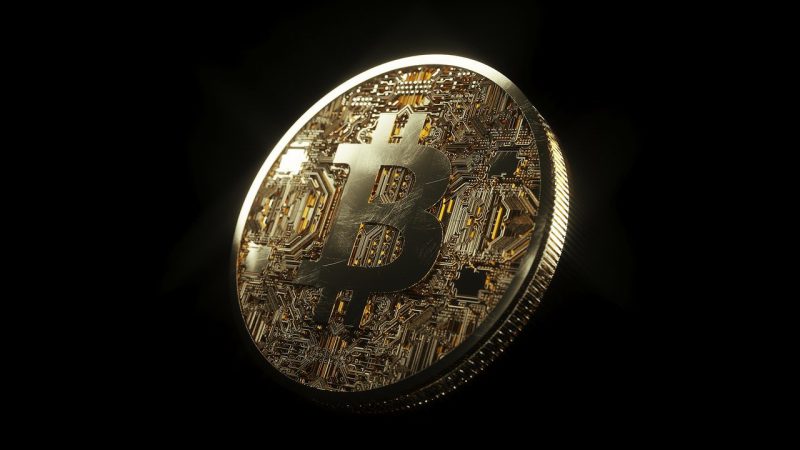Ripple executive Chris Larsen was fighting the Securities and Exchange Commission [SEC] for XRP until he moved his focus to Bitcoin and now, Larsen is fighting most of the crypto community. It was no surprise that the Bitcoin community and other investors in the largest cryptocurrency were perturbed seeing Larsen’s campaign with Greenpeace and others which called for, “Change the Code, Not the Climate.” The Bitcoiners quickly questioned Larsen’s intention behind this move and asked him to simply “change the code.”
Hey Larsen, Change the Bitcoin Code
Chris Larsen’s initial announcement about the campaign did not gain much favor, especially from the Bitcoin community and its proponents. As the aimed to change bitcoin’s proof-of-work [PoW] consensus algorithm, which is considered to be energy-intensive. The point that pricked many community members was the fact that Larsen was ready to spend $5 million on the ad campaign, running advertisements about the campaign in publications like the New York Times, The Wall Street Journal, etc. but not making changes in the code himself.
Jameson Lopp, a Bitcoin proponent also approached Larsen, Greenpeace, and Michael Brune on Twitter to note that he did not find their Bitcoin Improvement Proposal submission.
As Lopp asked the trio to follow up on their actions to be taken seriously, he offered to change the PoW code for a consultation fee of 10 BTC and bragged about saving 95% of their budget.
Even members from the Bitcoin Core community like Nic Carter, a Bitcoin Node operator denied the request made by the Ripple executive.
Anthony vs Chris
Amid receiving flak for his campaign, another Bitcoin advocate Anthony Pompliano hosted Larsen on his podcast to know about the campaign and have a conversation with Larsen. As it turned out, Pompliano did not support the conclusion of the ESG campaign and Larsen’s thoughts on bitcoin and proof-of-work. However, as per the host, Larsen did resonate to care about the environment and has major skin in the game.
Pompliano explained in his takeaway blog two themes they both agreed on.
“The first is that a decentralized, digital currency is highly valuable to the world and has the potential to solve a number of global issues. The second is that the free market will always be the referee on winners and losers, regardless of any of our personal opinions.”
Pompliano explained that Larsen’s concerns around PoW were rooted n a lack of understanding about the energy consumption of bitcoin today. Larsen quoted an outdated Cambridge study on bitcoin mining which claimed that PoW was laborious. However, when produced another report from Cambridge and the Bitcoin Mining Council estimated that ~66% of bitcoin mining energy consumption comes from renewable resources, Larsen refused to believe it.
Furthermore, Larsen’s claim that bitcoin mining will consume 4% of the global energy production in the future was also a thin argument. As Pompliano explained, to reach this level “miners would have to receive $800 billion in revenue from block reward and transaction fees, and then spend 100% of the money on power consumption (not to include the cost of facilities or machines), and then they could purchase 4% of global power production.”
To put things in perspective, Miners were currently making $16.5 billion per year. To reach the level claimed by Larsen, the value of BTC would have to ht $2.3 million without halving the block reward- which would facilitate the miners with the money to buy this amount of energy.
He added,
“In other words, the claim of 4% of global power consumption is either horrendous math or a disingenuous claim to create fear and outrage.”
Larsen was also asked about his motives to fund the ad campaign rather than simply forking the bitcoin code, to which the Ripple executive replied that he did not know the right technical structure to create to solve his environmental concerns.
The bottom line was that if there was a need for change, people with concerns can change it. There was not a need for an ad campaign to smear PoW, but a solution for this. PoW has been crucial to Bitcoin’s security and any half-tested solution could only jeopardize it along with its value.





